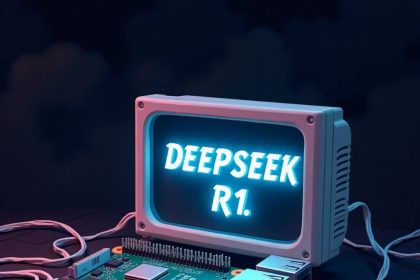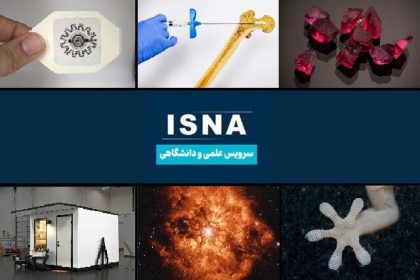Openai, a familiar name in the world of artificial intelligence, has just unveiled a new ChatGpt feature called Deep Research. This tool operates in such a way that it can automatically plan and execute the process of finding the information they need. According to Openai, Deep Research is able to “plan a multi -step route to obtain your desired information and, if necessary, rely on instantaneous data, modify and respond.” This flexibility and adaptation to variable conditions are key features of this new tool.
The Deep Research feature is not limited to the production of text. During the research, this smart agent shows a summary of its work process along with a list of resources and a brief description of the process in the sidebar. This transparency in performance allows users to know how the system is reached and more confident in the results. Users can ask questions using a variety of inputs such as text, images and side files such as PDF or spreadsheets, such as text, images and accessories. The process by Deep Research may take between 1 and 2 minutes, and Openai has announced that in the future, it will be possible to add images and embedded charts to the answers.
Despite the remarkable abilities, OpenAI has also cited limitations for Deep Research. According to the company, the tool “sometimes gets illusion” and may make information. This shows that the system faces challenges in recognizing the difference between valid and invalid information, as well as in determining the amount of confidence in the answers.
However, the development of productive artificial intelligence tools that go beyond the production of simple text is the future that companies like Openai have drawn for agents. OpenAI claims that Deep Research can perform a performance at the level of an expert researcher, and this is an important step towards realizing this landscape. In a show presented by Deep Research, the system was applied with information on the change of retail industry in the last three years, and the response provided included key points and related tables. This example illustrates the system’s ability to analyze data and present organized results.
The DEEP Research launch comes shortly after the introduction of the Operator tool. Operator is a tool that allows users to use the web browser to perform different tasks on their computer. It should be noted that a few months ago, Google unveiled the same name for Gemini artificial intelligence that does so.

Openai has allowed users to pay up to 2 questions per month for users who pay a $ 4 monthly fee. Also, for Plus users, team and finally corporate users, “limited access” has been promised.
Openai calls Deep Research “a very heavy computing capability” and points out that the longer the research time, the need for inference calculations increases. The ChatGPT makers have announced that in the future, by providing faster and more affordable versions, they will have less restrictions on all money users.
Openai has proudly announced that the model that feeds Deep Research has set a new record in the Humanity’s Last Exam Benchmark. This test assesses the ability to answer specialized questions at high -level questions. The Deep Research model, utilizing browser and Python tools, has achieved a accuracy of 4.9 %, which is far more than the GPT-4O’s 2.5 % accuracy. The O3-Mini (High) model, which was solely evaluated on the basis of the text, finished second with 2 % accuracy. These achievements indicate Openai’s significant progress in developing artificial intelligence and its research capabilities, and draws a promising future for this technology.

25,199,000
23,899,000
Toman

Source: Android Authority
RCO NEWS

















